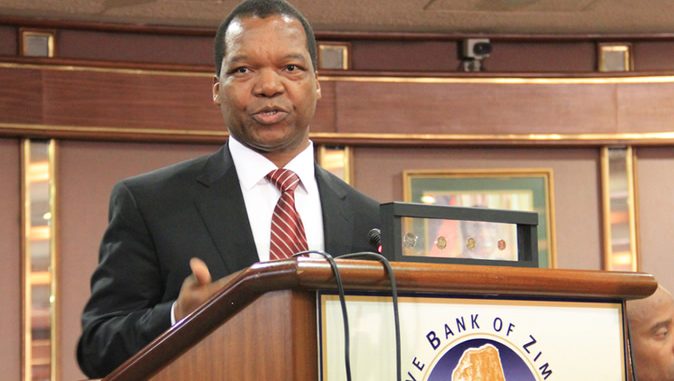The Reserve Bank of Zimbabwe (RBZ) has announced that it will in the next few weeks introduce higher denomination banknotes.
According to the Bank, this is meant to increase physical money supply and curb cash shortages, and the problem of long queues.
Authorities have approved the introduction of $10 and $20 banknotes worth close to $600 million. They say printing small denominations have become costly for the country.
A member of the RBZ Monetary Policy Committee, Eddie Cross, told a state-run weekly (The Sunday Mail) that an announcement of the new notes was imminent.
Meanwhile, economist Kingstone Kanyile said introduction of higher denomination notes was overdue.
He added that the denominations should begin from as big as $50 or $100 because that is where the country is.
He however, warned that RBZ should make sure that there won’t be excessive money going around.
“This is so because if there is too much printed money we will have a problem,” he said.
However, Professor of applied economics at Johns Hopkins University and senior fellow at the Cato Institute, Steve Hanke, says Zimbabwe’s inflation is still surging.
He says Zimbabwe’s annual inflation rate is at 926% too high for a country which is not at war.
Prof Hanke says the most important price in an economy is the exchange rate between the local currency and the world’s reserve currency the U.S. dollar.
According to him, the Zimbabwean scenario is not economically sustainable. A view that is being shared by other economists.
“The economy is in bad shape and conditions continue to worsen,” said Jee-A van der Linde, economist at NKC African Economics the other day. “There is no doubt that the economy is going to suffer a contraction this year.”
The Zimbabwean dollar was re-introduced in June last year following a ban on the use of the multiple currency regime that had been in place since 2009.
The ban failed to serve intended purpose, and this forced the authorities to recently re-introduce the multi-currency system.
Currently, the country has around $1,4 billion in cash is circulating. The new notes are expected to take the total to $2 billion. Against RBZ’s target of $3 billion.
Apparently, Zimbabwe’s local currency is trading badly against the dollar.
Social conditions have dropped sharply, with more than half of Zimbabwe’s population [8.5 million people] estimated by the UN to be food insecure in 2019/2020.
For the ordinary citizens, what this means is that the weakening local currency will raise prices.
This is because the wholesalers buy these products in US dollars and increase the prices when the Zim dollar weakens against the US dollar.
According to some market watchers, the printing of higher denominations will lead to many sellers chasing such denominations by raising prices. They say it is a sign of runaway inflation and economic distress.
Some analysts believe that the country’s regime whose appetite for printing money is insatiable, could have been motivated by the need to fund the 18 billion stimulus package announced by President Emmerson Mnangagwa.
They warn that the move is not economically prudent, taking note that the country’s local currency is weakening almost on daily basis.













